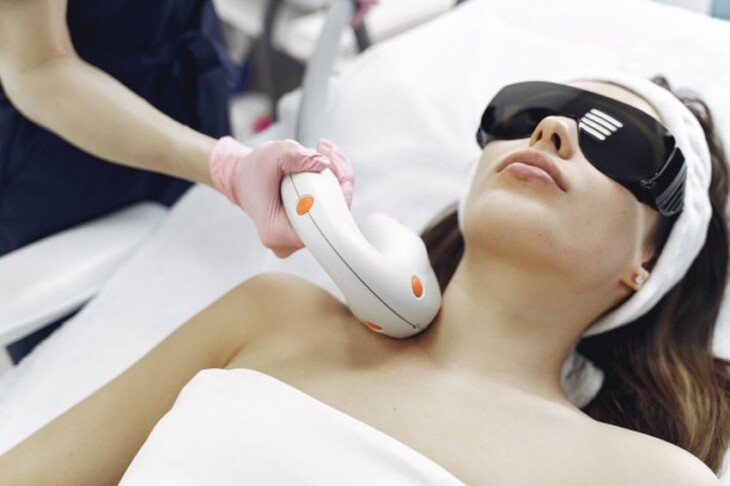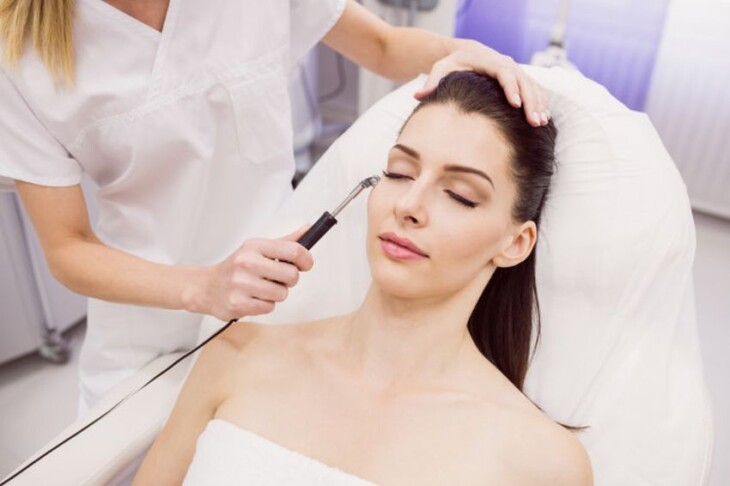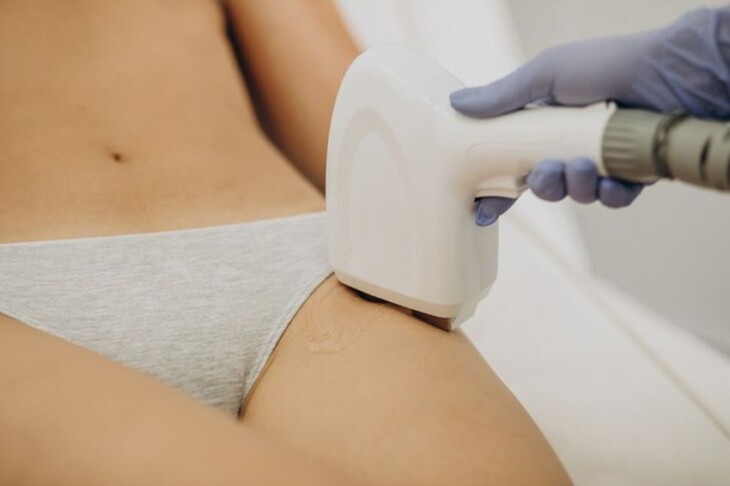Skin treatments at laser skin care clinics are becoming increasingly popular because they can be used for several types of common skin problems, such as facial hair, acne scars, sun damage, wrinkles, and bruises. It is recommended for those who want to remove unwanted hair from their body and face. It does not guarantee complete and permanent hair loss, but it does help slow hair growth, especially to get rid of thick or thick hair on the face.
Also, laser therapy procedures have been shown to be effective in treating acne and wrinkles. Safe to use on the face, except near the eyes. Laser therapy is effective on the skin in removing many types of acne, such as acne, acne and acne. If you have sunburn and all other treatments have failed, then laser therapy can be very helpful.
A drawback of laser therapy is that it is very expensive. On the other hand, many skin diseases require several sessions to achieve full recovery. The laser is proven to be safe, but some people experience side effects such as burns and rashes. People receiving this treatment are prescribed topical medications to reduce the impact of the laser.
Skin spots are tissue damage that occurs due to an abnormal distribution of melanin and melanocytes that pigment the skin. In general, those that worry the most are usually facial blemishes since they are the most visible. Luckily, in aesthetic medicine, we have found one more effective treatment for the elimination of spots on the face, thanks to laser systems.

img source: freepik.com
Contents
The laser to remove skin blemishes
The laser technology used at professional skin care clinics is quite a revolution in aesthetic medicine and, in particular, in the field of dermatology.
The appearance of spots is usually caused, in many cases, by prolonged exposure to the sun, stress, tobacco, pollution, poor diet, ageing of the skin or hormonal changes, in addition to other external aggressions that cause a change in pigmentation. In each case, the laser and aesthetic medicine specialist must first identify the type of spots according to their characteristics and their origin in order to provide the appropriate treatment.
Its Advantages
Laser therapy to remove scars, particularly acne scar treatments , is a new technique where the skin is dramatically rejuvenated. Using a laser that varies in intensity and pattern according to the type of skin and the desired results, skin cells are eliminated in the desired depth and area, producing new healthy tissue. It is effective even on deep and relatively large scars.
- It allows quick recovery of the treated area.
- It is safe, effective and in some cases replaces traditional surgery.
- It has a lower rate of complications. (No cuts, no bleeding and is ambulatory).
- The procedure takes about 15 minutes.
- The results can be up to 70%.
- Laser treatment achieves excellent results.
- The procedure is fast and effective from the first session.
- Recovery is immediate and usually proceeds.
- The number of sessions will depend upon the depth of the stain to be treated.
- The scars or stretch marks’ results begin to be noticed approximately two months after the session is performed.

img source: freepik.com
For more treatments, you can click here.
How is the removal of skin spots with a laser?
The laser acts effectively for depigmentation by reducing the accumulation of melanin that creates the spot so that it is possible to homogenize the tone and unify the colour of the skin. Although the results are evident from the first session, the treatment protocol consists of 3 sessions spaced a month apart, a protocol that adapts to each skin type’s conditions.
Before laser stain removal, it is essential to inform people about taking drugs, as some of them can have a photosensitizing effect and interfere with laser treatment. The treatment to remove the spots with laser, although it is a quick procedure that does not require topical anaesthesia, can cause a slight redness at the end of the session, which lasts 24 or 48 hours.
Post-intervention care
After facial rejuvenation, it is best to revisit a laser skin care clinic periodically to receive treatments. Subsequently, the patient must clean the treated areas with saline serum and apply a product such as petroleum jelly to avoid tightness of the face. A few days after the treatment, you will experience a sensation similar to that of sunburn, with itching, tightness and sagging (exfoliation) of the skin. The skin is pink during the first two or three weeks in the treated areas; the redness disappears in two or three months. During the six weeks after the treatment, the use of products containing glycolic acid should be avoided.
Complications
The most common complications of laser facial rejuvenation are:
- Changes in skin pigmentation.
- The reappearance of herpes, primarily if the treatment is carried out around the mouth.
- Inflammation. It is advisable to sleep with two pillows for the first few days.
- Scars although it is a rare complication, some cases have been described.

img source: freepik.com
What types of laser for facial blemish removal are there?
Today laser systems are very effective for the treatment of solar or senile lentigos, which are the most common type of spots. These technologies can be combined within the same session, in different spots. This allows us to optimize results, leave cleaner and more beautiful skin, and achieve a rejuvenating effect on the treated skin. At AGB, we have three different types of light technology to treat other benign pigmentations.
- Intense pulsed light (IPL): eliminates the traces left on our skin by the sun, stress and the passage of time.
- Thermage: regenerative skin maintenance treatment that acts on collagen, eliminating sagging and wrinkles and improving the skin’s appearance and tone.
- Indiba: this radiofrequency technique is used to rejuvenate the skin, achieving a revitalized and firm appearance on the face and body.
What care is after the laser treatment?
After the laser facial treatment, you have to be especially careful with the sun. Exposure should be avoided for one or two months, and during treatment, it is advisable to use high sun protection with a minimum of SPF 50 on exposed skin areas. However, it is advisable to always use a sun protection factor.
On the other hand, makeup can be used from the day after the treatment, without forgetting the importance of dermo-cosmetic care (cleaning, hydration, nutrition and protection), following the recommendations that the medical-aesthetic specialist may have determined. It might be viable in some cases that a small scab may appear that would eventually disappear, normalizing the skin in about ten days.
